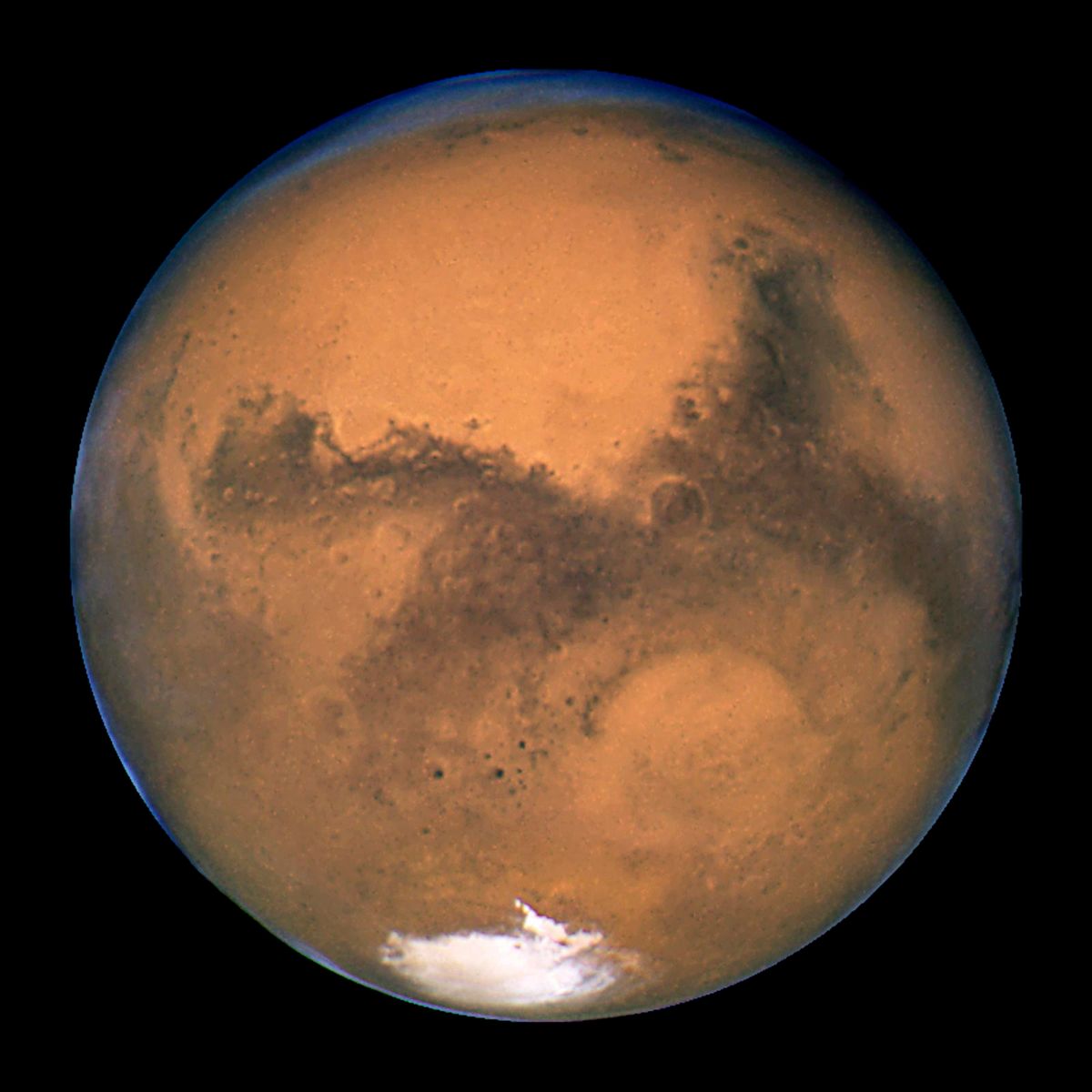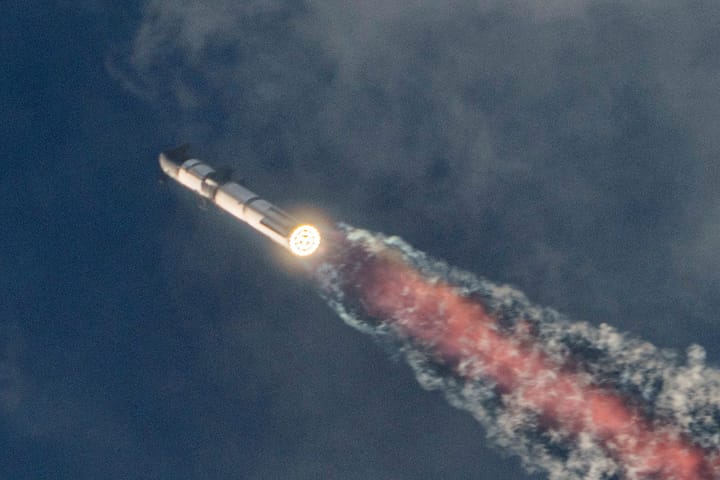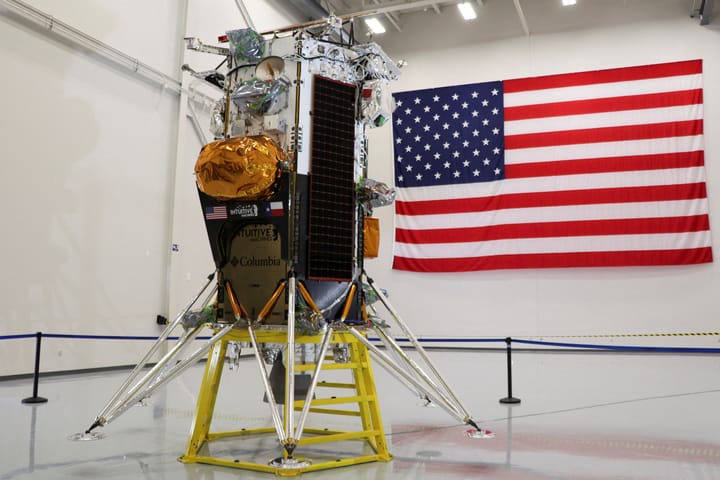NASA and DARPA are testing nuclear thermal rockets for travel to Mars
Space enthusiasts, NASA is making headway in its ambitious plans for the future.

A few minutes every morning is all you need.
Stay up to date on the world's Headlines and Human Stories. It's fun, it's factual, it's fluff-free.
The backstory: Space enthusiasts, NASA is making headway in its ambitious plans for the future. As you may recall, the agency successfully tested its Artemis 1 spacecraft last year, which is a stepping stone for future missions to the moon and Mars. With this progress, NASA is optimistic about landing humans on Mars sometime in the 2030s. To make this happen, NASA has a program called Moon to Mars. But, the journey is no cakewalk, as it would require a voyage of 300 million miles (483 million kilometers) and take around seven months with the tech we have.
The development: NASA revealed its plans on Tuesday to test nuclear-powered rockets for space travel. It's teaming up with the US Defense Advanced Research Projects Agency (DARPA) to demonstrate a nuclear thermal rocket engine in space as soon as 2027. The goal is to make it faster and safer for astronauts to travel to Mars and easier for people to travel there in the future. Plus, they could carry more scientific equipment and have better communication and instruments.
So, how does this work? According to NASA, nuclear electric propulsion is tech used to power spacecraft with less fuel and thrust. A reactor generates electricity that charges a gas, like xenon or krypton, that's pushed out of the thruster at the back of the spacecraft. This allows it to move faster and longer, saving fuel on long journeys like a trip to Mars.
Key comments:
“Using a nuclear thermal rocket allows for faster transit time, reducing risk for astronauts,” said NASA in a press release. “Reducing transit time is a key component for human missions to Mars, as longer trips require more supplies and more robust systems.”
“DARPA and NASA have a long history of fruitful collaboration in advancing technologies for our respective goals, from the Saturn V rocket that took humans to the moon for the first time to robotic servicing and refueling of satellites,” said Dr. Stefanie Tompkins, DARPA’s director, in a statement. “The space domain is critical to modern commerce, scientific discovery and national security. The ability to accomplish leap-ahead advances in space technology… will be essential for more efficiently and quickly transporting material to the moon and, eventually, people to Mars.”
“Recent aerospace materials and engineering advancements are enabling a new era for space nuclear technology, and this flight demonstration will be a major achievement toward establishing a space transportation capability for an Earth-Moon economy,” said Jim Reuter, associate administrator for NASA’s Space Technology Mission Directorate in a statement.




Comments ()